- Like
- X
- Digg
- Tumblr
- VKontakte
- Buffer
- Love This
- Odnoklassniki
- Meneame
- Blogger
- Amazon
- Yahoo Mail
- Gmail
- AOL
- Newsvine
- HackerNews
- Evernote
- MySpace
- Mail.ru
- Viadeo
- Line
- Comments
- SMS
- Viber
- Telegram
- Subscribe
- Facebook Messenger
- Kakao
- LiveJournal
- Yammer
- Edgar
- Fintel
- Mix
- Instapaper
- Copy Link
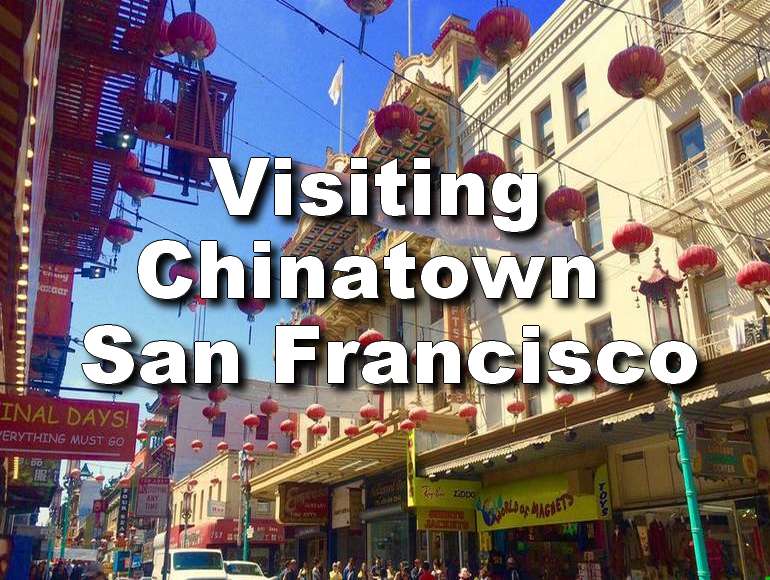
San Francisco’s Chinatown is the oldest in North America and the largest Chinese community outside Asia. The first residents began building the city in the 1840s, and since then, it has been highly influential in the history and culture of Chinese immigrants to the United States. It is popularly known as a “city-within-a-city,”
Chinatown retains its customs, languages, places of worship, social clubs, and identity. Chinatown’s restaurants, herbal shops, and temples with pagoda roofs make up a miniature Asian world, with residents weaving their way through the sea of tourists and regulars. Here are some popular points of interest to visit:
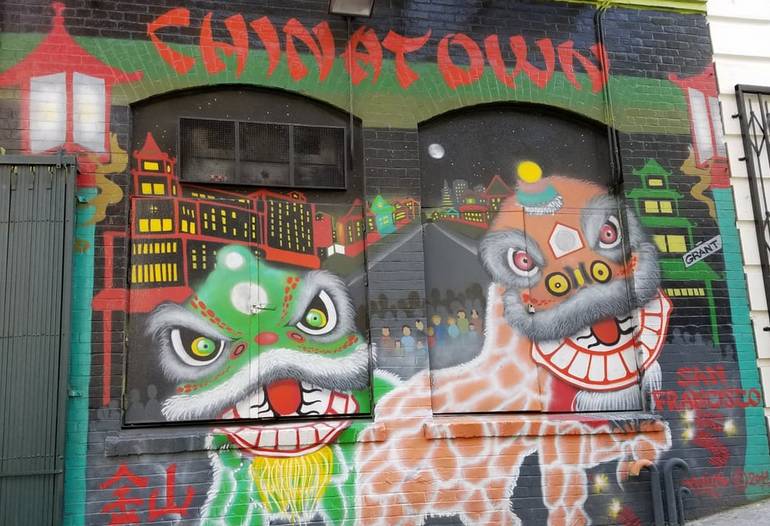
Chinese Culture Center
A good place to start your trip is the Chinese Culture Center. This major community-based organization was established to foster the understanding and appreciation of Chinese art, history, and culture. It is an excellent place to soak in the area’s artistic sense, learn about its history, or tour Chinatown. The center website.
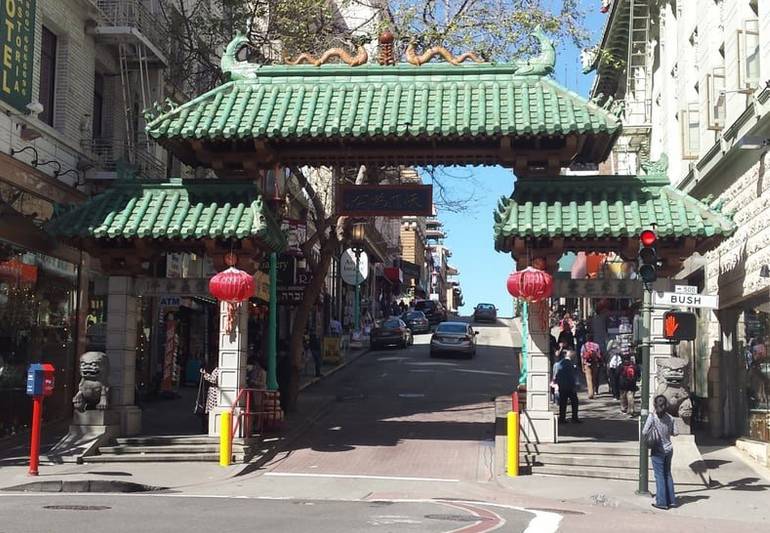
Shops, Stores, and Markets
The real allure of San Francisco’s Chinatown is its funky shops and antique stores. Boutiques are everywhere and offer imported goods, quirky items, and unique objects that are hard to find anywhere else. Grant Avenue is a touristy section full of shops and restaurants that appeal more to those seeking the “exotic” or “mysterious” Chinatown experience.
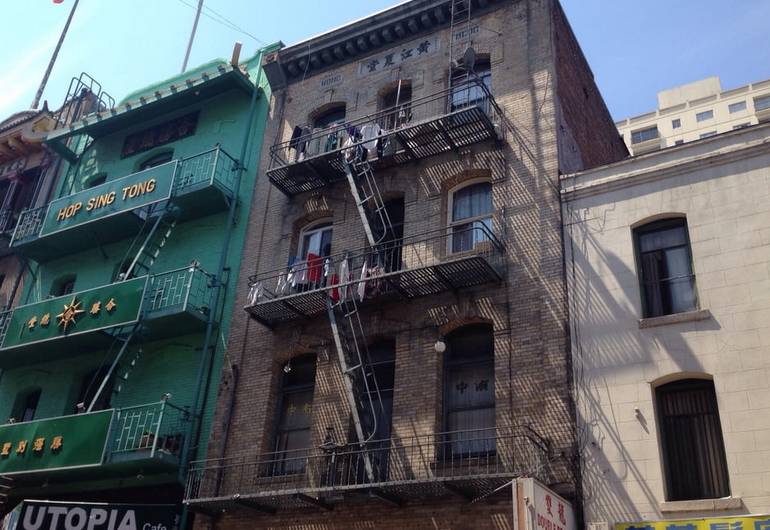
The Real Chinatown
Stockton Street, often called the true Chinatown of San Francisco, is bustling with markets teeming with people and restaurants serving entirely Chinese food. Locals hang laundry from the upstairs windows and balconies while others haggle over fresh fruit and fish. The striking contrast between this vibrant area and other parts of the city is truly fascinating.
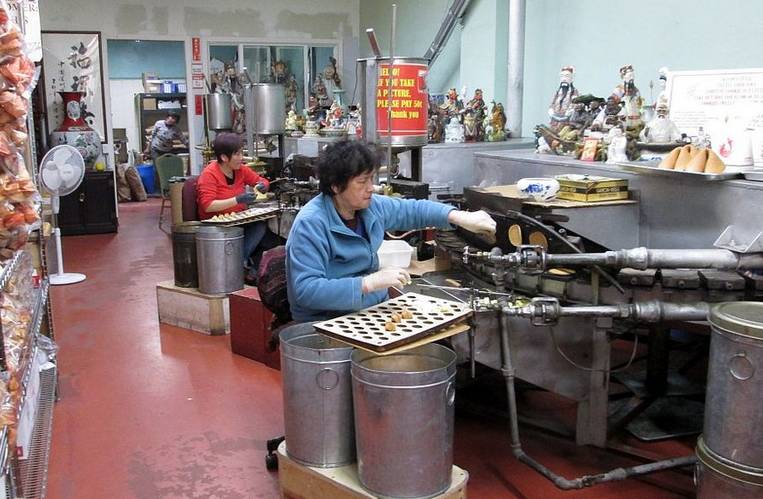
Must-See Chinatown
A few must-sees are the Bank of Canton, the Fortune Cookie Factory in Ross Alley, and a stroll down Waverly Place to visit the Tin How Temple on the third floor 125. No photography is allowed, but it’s beautiful inside the small space deemed the oldest Chinese temple in the U.S. Once famous for its gambling and brothels, Duncombe Alley was the center of the opium trade, where dens started to pop up in the 1850s. Duncombe Alley, home of the opium den, is across from Ross Alley.
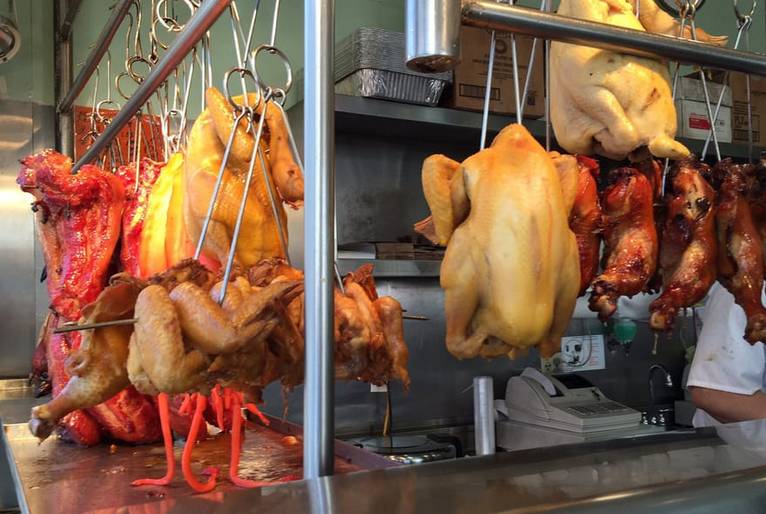
Culinary Experience
San Francisco Chinatown restaurants are the birthplace of Westernized Chinese cuisine, creating items like chop suey and introducing dim sum to American tastes. Its dim sum tea houses are a significant tourist attraction, and many of its restaurants are featured in food television shows such as Martin Yan – Quick and Easy. With so many restaurants in the area, visiting them all would take several trips. Local favorites include the Broadway Dim Sum Café and Chef Hung’s on Clay Street.
Chinatown SF History
During the California Gold Rush, Chinatown was established in the mid-19th century when many Chinese immigrants arrived to seek fortune. Initially, these immigrants faced significant discrimination and were relegated to a small area now known as Chinatown. Over time, Chinatown became a refuge and community hub for Chinese immigrants, growing into a bustling neighborhood with its own cultural, economic, and social structures.
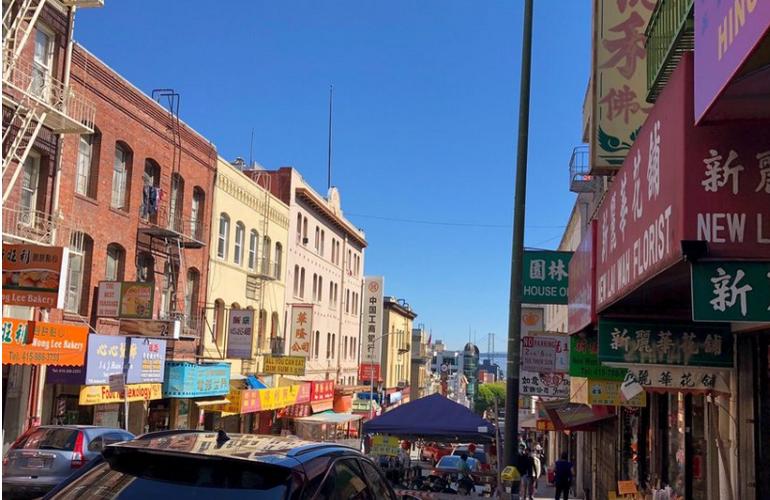
Where is SF Chinatown
The San Francisco neighborhoods of North Beach and Telegraph Hill traditionally define Chinatown. Bush, Taylor, Bay Street, and the Embarcadero bind these areas. If you arrive by automobile, parking is available in several lots. Public transportation is accessible in the area, and taking a train or bus into town may allow you more time.
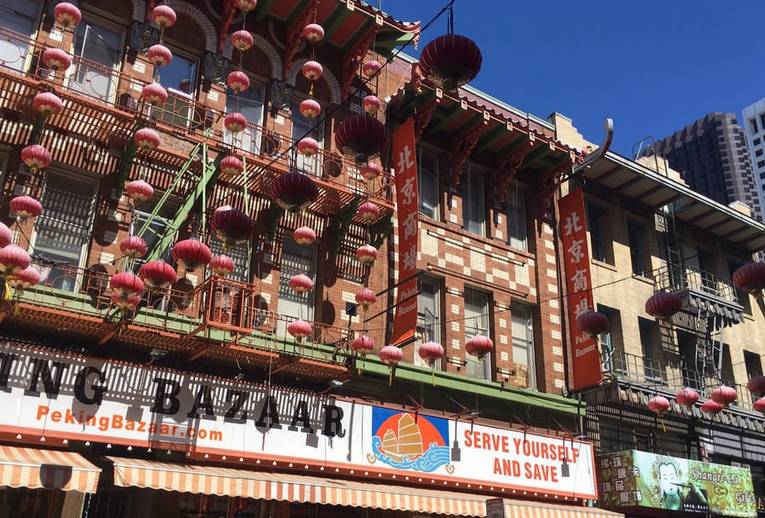
Is it Safe to Visit San Francisco Chinatown?
Visiting San Francisco’s Chinatown is generally safe, but, like any urban area, there are important considerations to remember. Stick to main streets such as Grant Avenue, which are lively with tourists and locals. The area’s vibrancy and high foot traffic often help deter petty crime. While many parts of Chinatown remain safe at night, staying in well-lit and busy areas is advisable. Avoid less-traveled or dimly lit alleys unless you are with someone familiar with the area.
You Might Like These Trips:
Los Angeles Chinatown
Chinatown was established in the 1930s when Chinese residents relocated after Old Chinatown was demolished to make way for the construction of Union Station. Today, Chinatown is a vibrant reflection of Chinese-American culture and plays a dynamic role in the city’s multicultural landscape. If you want to experience this area fully, consider visiting during one of its festivals or on a weekend to enjoy the lively atmosphere. Website.
Little Saigon Westminster, CA
Little Saigon began to take shape in the late 1970s, after the Vietnam War, when Vietnamese refugees started settling in Orange County, California. The area is well-known for its authentic Vietnamese cuisine and shopping experience, including the Asian Garden Mall (Phước Lộc Thọ), a major shopping center featuring jewelry, clothing, and food vendors.
Little Tokyo Los Angeles
Little Tokyo in Los Angeles is one of the three official Japantowns in the United States, alongside those in San Francisco and San Jose. It offers a culinary journey through traditional sushi and ramen at places like Suehiro Cafe and modern interpretations of Japanese cuisine. Visitors can enjoy various sushi and other Japanese dishes in this vibrant neighborhood. Website.
- Like
- X
- Digg
- Tumblr
- VKontakte
- Buffer
- Love This
- Odnoklassniki
- Meneame
- Blogger
- Amazon
- Yahoo Mail
- Gmail
- AOL
- Newsvine
- HackerNews
- Evernote
- MySpace
- Mail.ru
- Viadeo
- Line
- Comments
- SMS
- Viber
- Telegram
- Subscribe
- Facebook Messenger
- Kakao
- LiveJournal
- Yammer
- Edgar
- Fintel
- Mix
- Instapaper
- Copy Link
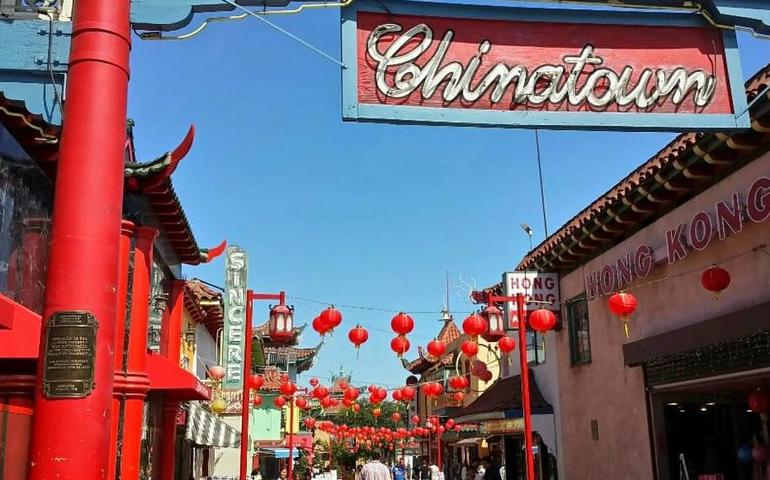
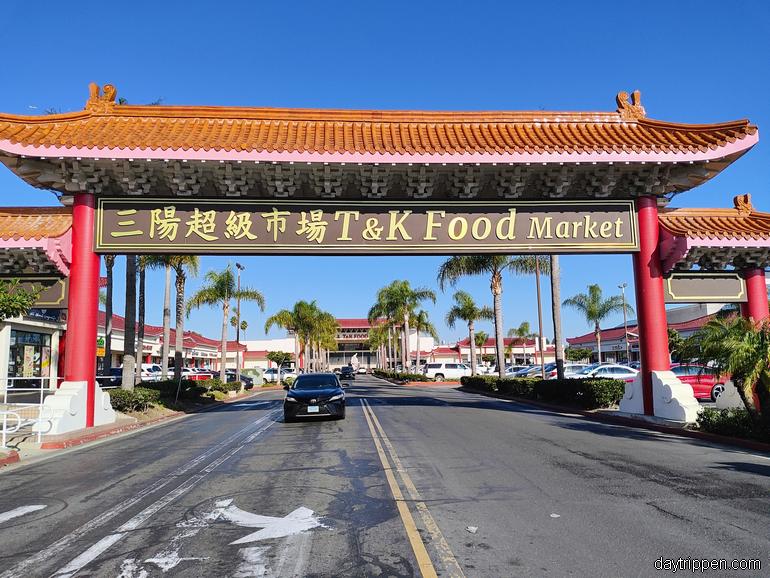
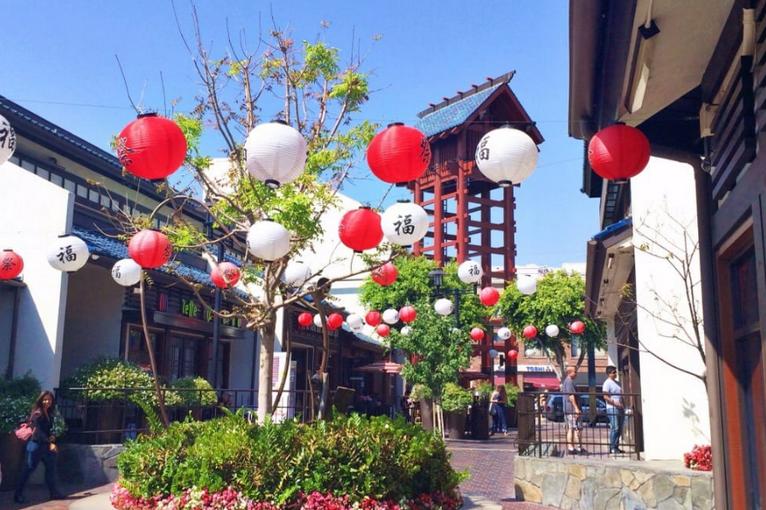
Anna Bakery no longer exists. Neither does that ‘Far East flea market’ sign.
Thanks for the info; the page has been updated.